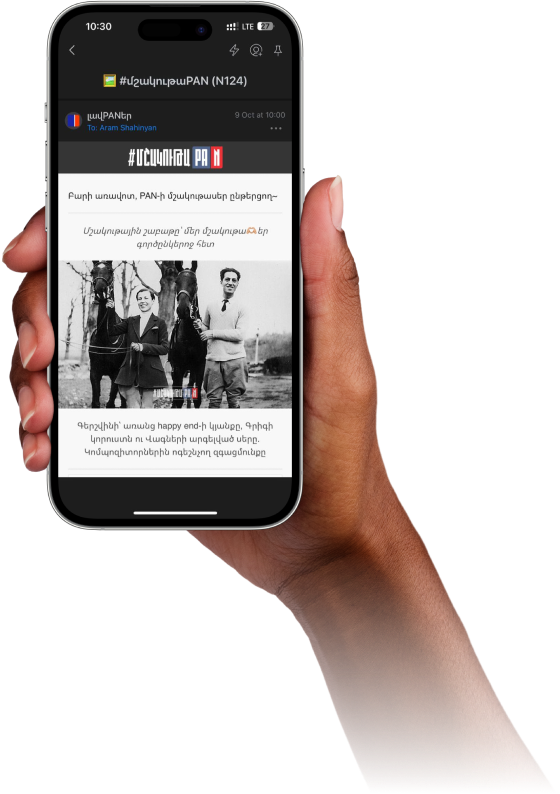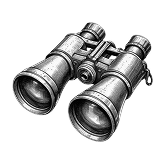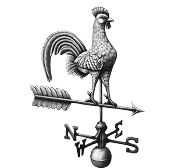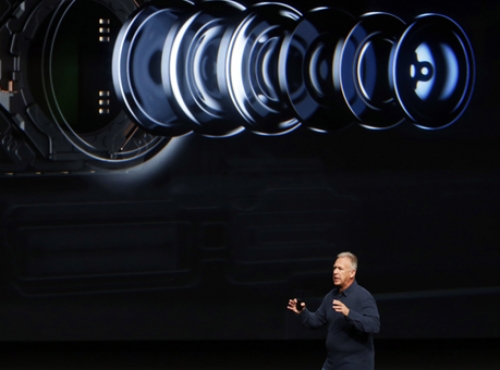Even as our phones get thinner, there's one spot that keeps sticking out: the camera lens. Taking good pictures and being able to focus at multiple distances requires a layer of glass that's a certain size, but there's really no getting around it — or is there? Researchers at Caltech have devised an "optical phased array" chip that uses math as a substitute for a lens. By adding a time delay — down to a quadrillionth of a second — to the light received at different locations on the chip, it can change focus without a lens, Engadget said.
According to Professor Ali Hajimiri, it "can switch from a fish-eye to a telephoto lens instantaneously—with just a simple adjustment in the way the array receives light." The principle is similar to the way phased communication arrays can focus and steer radio waves in a particular direction, but working in reverse. Back in 2014, the team showed off similar technology turned around to create a projector small enough to fit inside your phone, while another application showed the potential for making your phone into a precise 3D object scanner.
Now, for the first time, it has created a 2D, lensless camera array capable of capturing a low res image of a barcode. The image itself isn't particularly impressive compared to what your iPhone is capable of, but as a proof of concept, it's a big deal. Right now the chip consists of an 8×8 grid with 64 sensors, and the team's next goal is scaling the camera to support larger receivers that are more sensitive and capture a higher-res picture.























